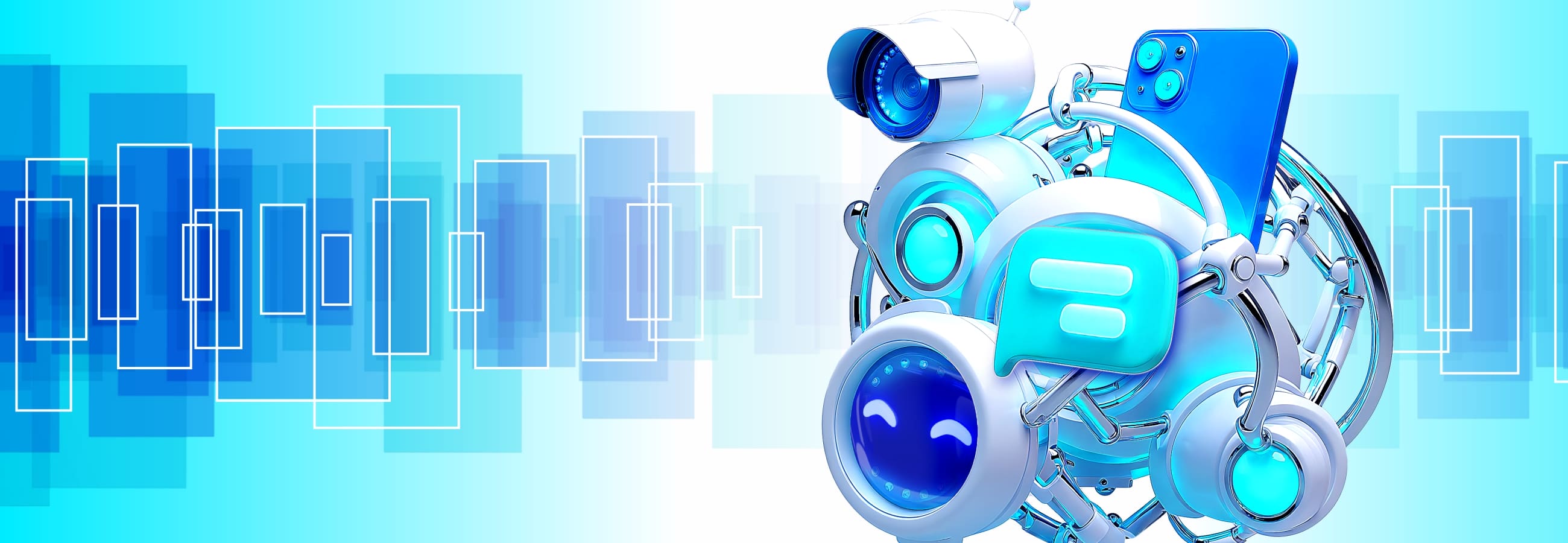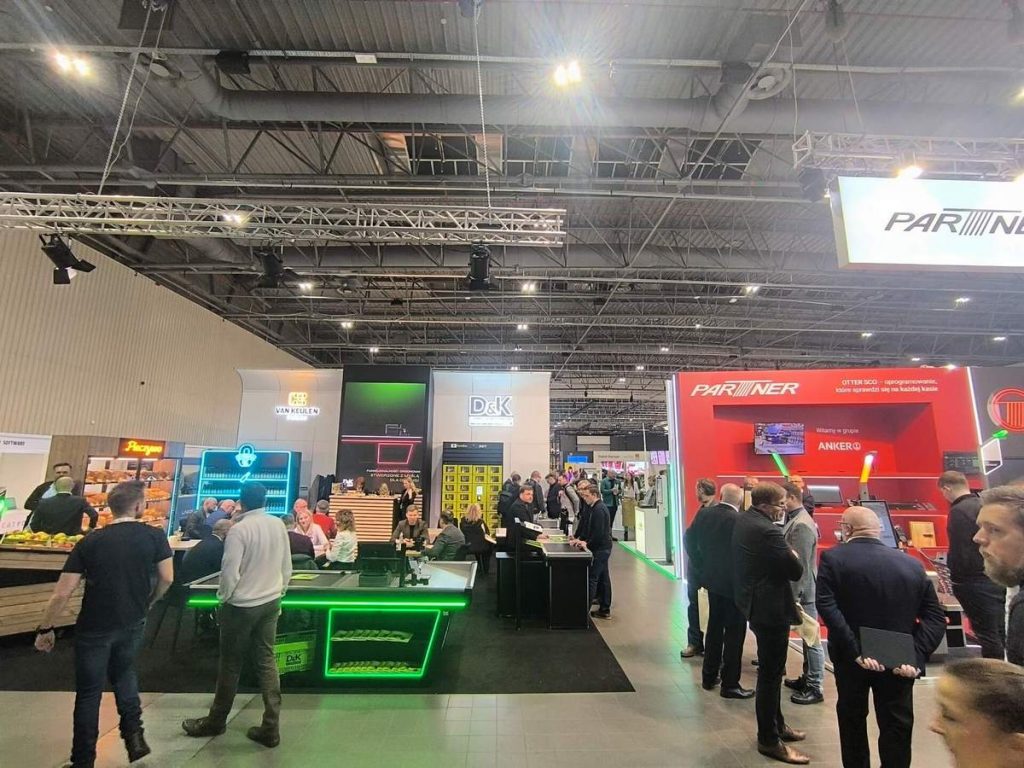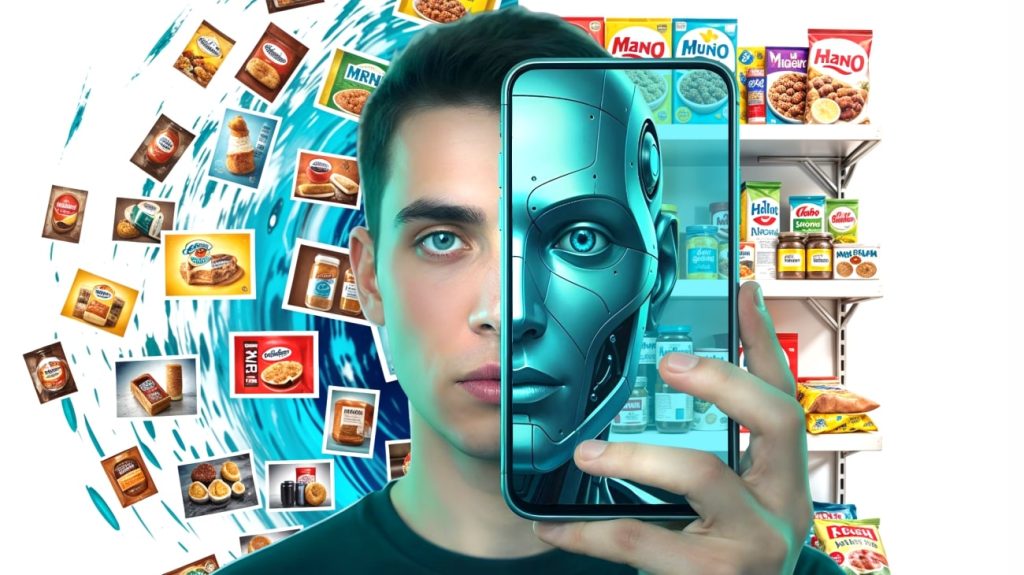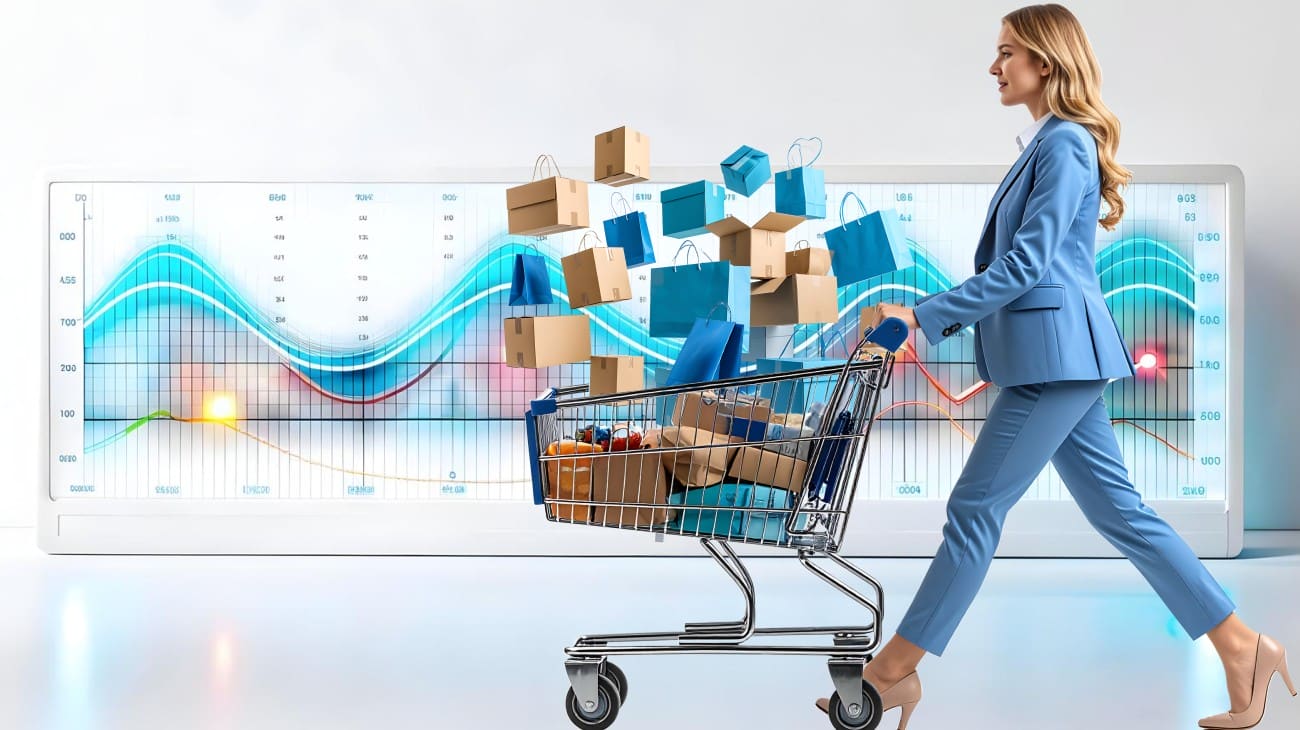Traditional merchandising requires constant human presence to monitor shelves. This approach limits both the scope of work and its accuracy. However, modern computer vision technologies are opening up new possibilities for automating these processes.
According to analysts, the computer vision market in retail will reach $15.6 billion by 2030, yet only 3% of companies have implemented these technologies. This means companies that adopt AI first will gain a competitive advantage.
There’s a common belief that implementing computer vision requires complex and expensive equipment, but that’s not the case. Today, neural networks can work with surveillance cameras, smartphones, and even chatbots. Let’s look at practical examples of what computer vision offers in each scenario.
Key Takeaways:
- Computer vision turns ordinary cameras into smart shelf monitoring systems, providing 24/7 monitoring with 99% accuracy.
- Mobile apps speed up merchandisers’ work and improve report quality. Store inspection time drops by 60%.
- Chatbots let you quickly test computer vision. Pilot projects launch in days without buying equipment.
Table of Сontents
Computer Vision in Video Surveillance Systems
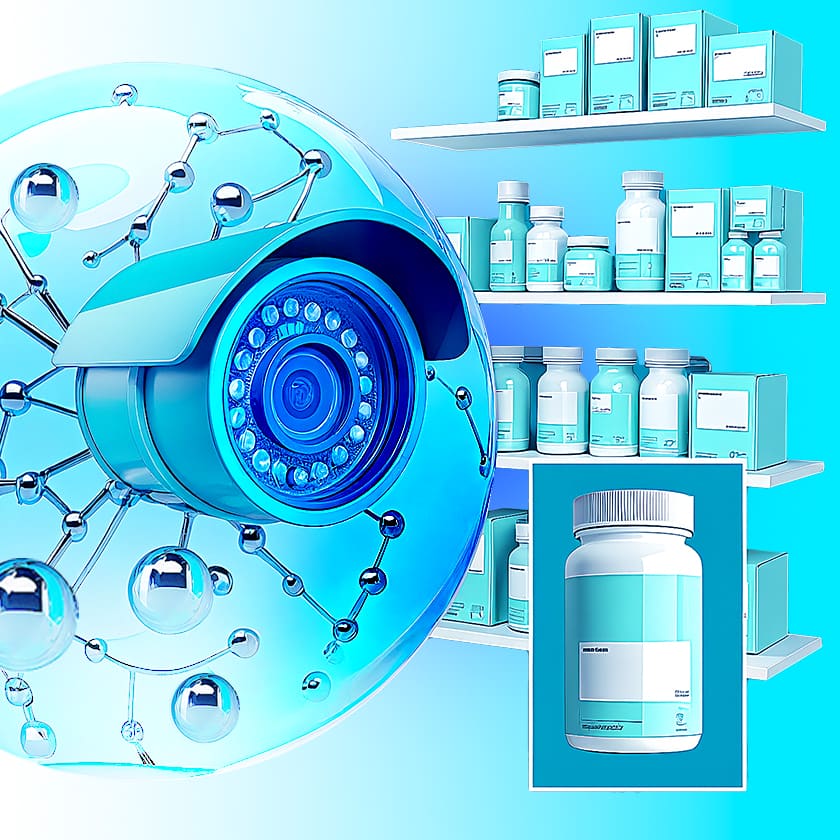
Most stores already have surveillance cameras but typically use them only for security. Computer vision helps you get more business value from existing equipment.
Integrating computer vision into surveillance systems enables constant shelf monitoring. The system automatically spots empty spaces and checks displays against planograms. When it finds problems, managers get notifications and can quickly restock or fix product placement.
Automatic monitoring helps companies save on manual inspections while improving monitoring accuracy to 99%. This prevents losses from empty shelves and increases sales.
A case with a Spanish surveillance integrator shows just how effective this solution can be. AVS Services offered their cafe clients surveillance systems with integrated Goods Checker computer vision. The solution monitors prepared food displays, automatically spots empty spaces, and alerts staff when restocking is needed. The result? Stock levels during peak hours jumped 25%, and spoiled products dropped significantly.
Mobile Applications for Merchandising

Merchandisers visit retail locations, check product displays, photograph shelves, and send images to managers. This process is time-consuming and error-prone since humans can easily miss display violations. Computer vision solves these problems and speeds up merchandisers’ work.
Computer vision apps make the process much simpler. The merchandiser takes a shelf photo, and neural networks process the image to show which products are in the right places and which aren’t. The merchandiser immediately sees what needs fixing. This improves display monitoring accuracy and reduces inspection time. Plus, managers get objective data about each employee’s work — when and where they were, what tasks they completed.
These solutions are designed for real-world working conditions. For example, apps can stitch together multiple photos of a long shelf into one image for complete analysis. They’re also tamper-proof — you can’t upload old photos from your gallery.
Chatbots with Computer Vision
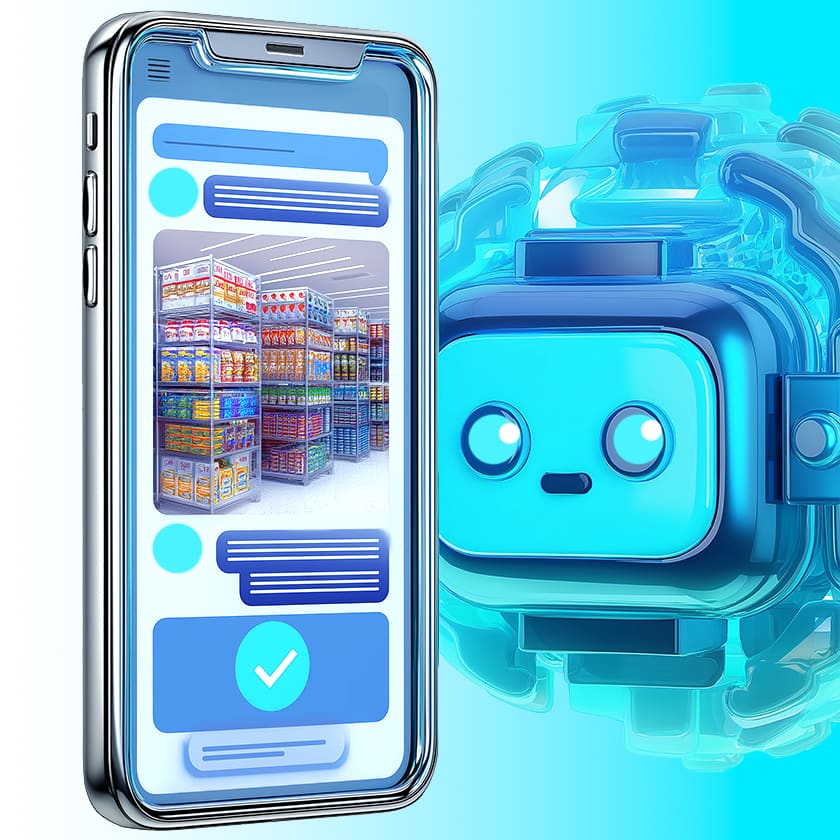
Chatbots are becoming increasingly popular for automating business processes, but most only handle text. Adding computer vision opens up new possibilities — merchandisers can send a shelf photo and get back a processed image. This is especially useful for quick display checks or getting product handling instructions.
Chatbots are the easiest way to test computer vision. They let companies quickly launch pilot projects and see how well the technology works.
Computer Vision is Available to Everyone Today
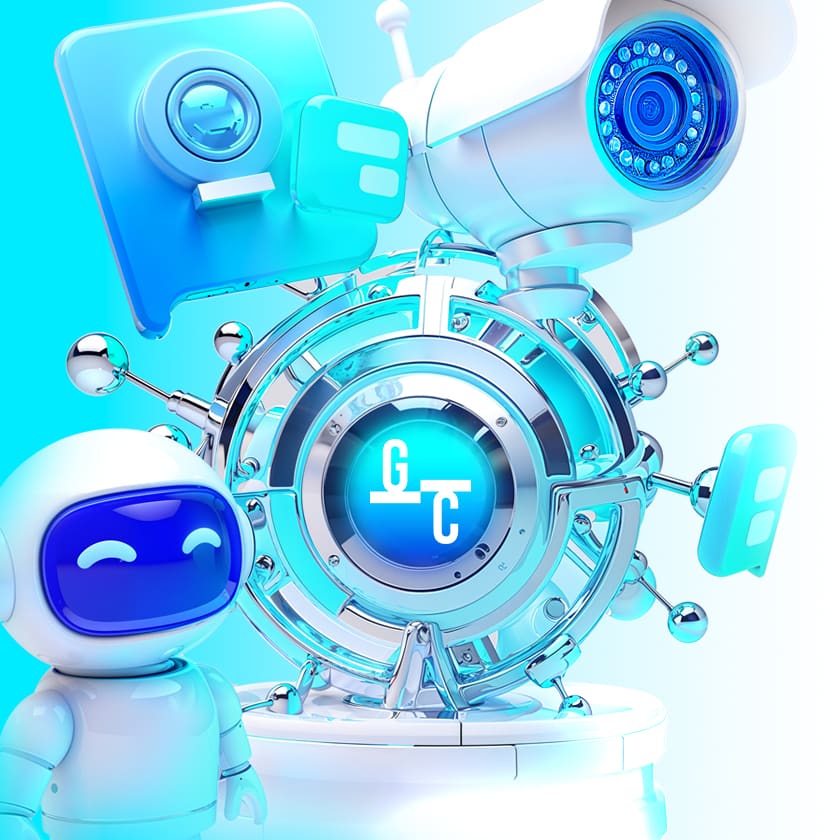
Computer vision no longer requires expensive specialized equipment. The technology works with regular cameras, smartphones, and messaging apps, making it accessible to any business.
Today, the key is choosing the right implementation approach based on your company’s needs and capabilities. For example, Goods Checker lets you start with any of these three methods and scale the solution as your business grows.
Early adoption helps reduce inspection time, improve monitoring accuracy, and lower operational costs.
FAQ
It allows stores to monitor shelves automatically, reduce human errors, prevent out-of-stock situations, and increase sales accuracy.
No. Modern solutions work with existing surveillance cameras, smartphones, and even chatbots, making them affordable and easy to implement.
It turns regular cameras into smart monitoring tools, detecting empty shelves, verifying planograms, and alerting managers in real time.
Yes. Apps speed up store inspections, reduce errors, and provide objective reports. They can even stitch together multiple shelf photos for full analysis.
Merchandisers can send a photo of a shelf to a chatbot and instantly get processed results — such as product recognition or planogram compliance.
They allow companies to launch pilot projects quickly and inexpensively, without new hardware purchases.
Examples include reducing store inspection time by 60%, improving stock availability by 25% during peak hours, and lowering product spoilage rates.
Yes. Since it works with regular devices and apps, even smaller companies can start using it and scale as they grow.
